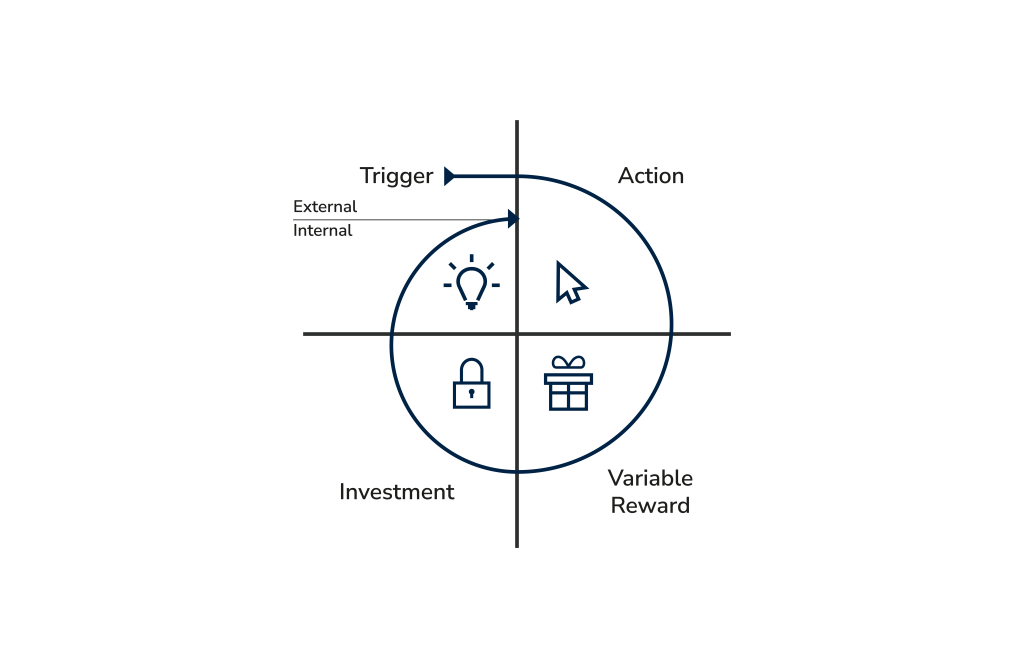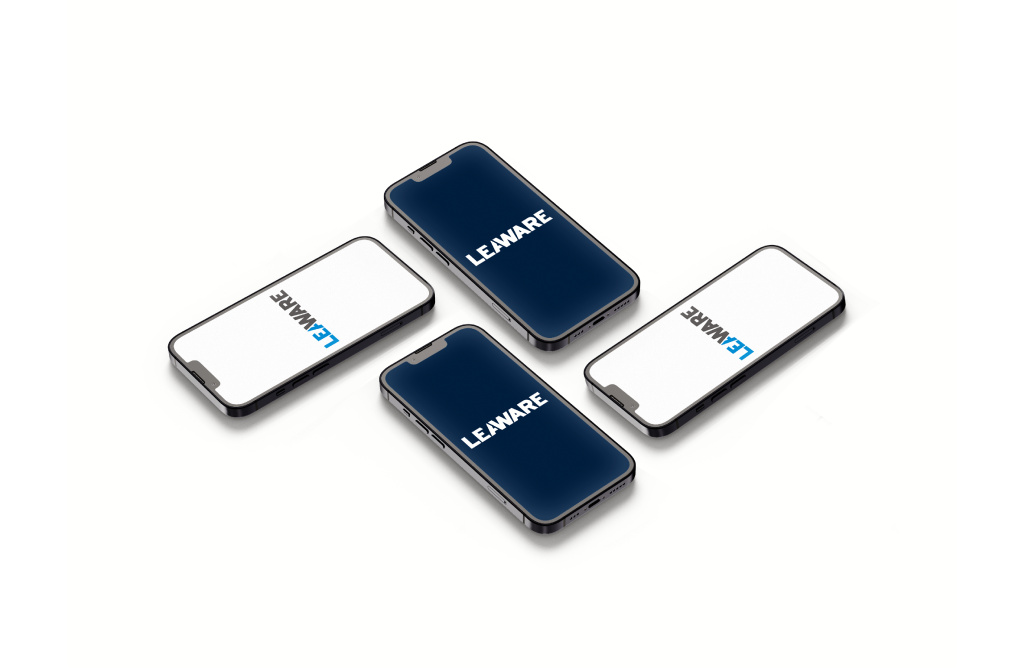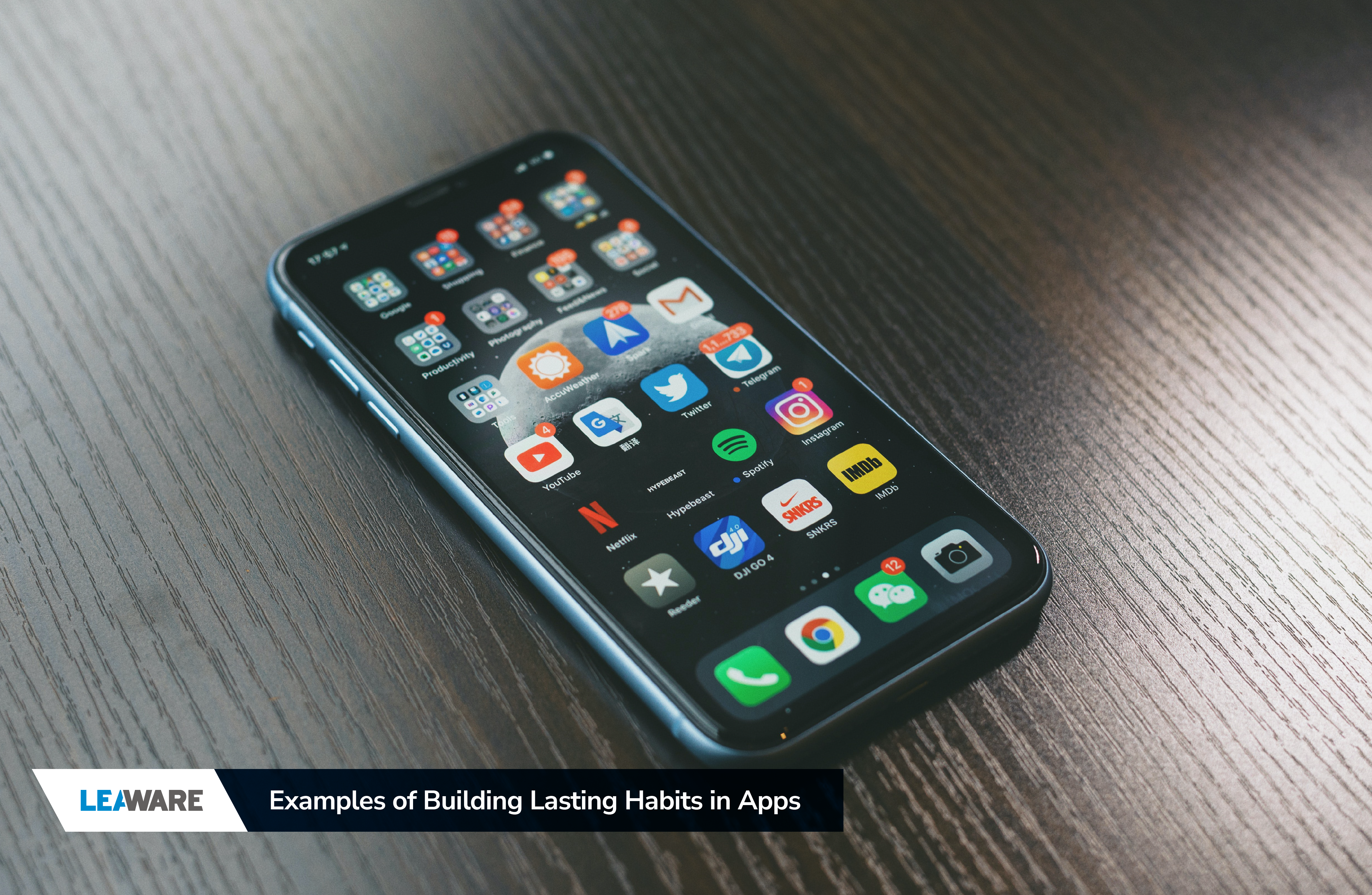In an age where mobile applications govern every facet of our lives, from shopping and fitness to learning and productivity, creating a compelling app is only the first step towards success. For app developers and businesses, the real challenge lies in not just enticing users to download the app but ensuring they integrate its use into their daily routines, forming a long-lasting habit. In other words, the end goal is to shift the user from a mere downloader to an active, engaged user. The advent of behavioral science and user psychology provides us with the necessary tools to create engaging app experiences that can successfully cultivate lasting habits in users. These good habits, once formed, pave the way for improved user retention, increased engagement, and ultimately, higher revenue generation. However, to achieve this feat, one needs to decipher the delicate art and science behind habit formation, understand the psychological triggers that drive human behavior, and then translate these findings into meaningful app features that cater to the users’ needs and wants.
Building Lasting Habits: The Hook Model
Creating habits in users requires a deep understanding of the psychological triggers and rewards that shape human behavior. The ‘Hook Model’, conceptualized by Nir Eyal, is a four-step process that includes a trigger, action, reward, and investment.
1. Trigger
This refers to the cue that instigates the desired behavior. Triggers can be external, such as notifications or emails, and internal, like a specific emotion or routine. When designing your app, identify potential triggers that will draw users back consistently.
2. Action
The action is the behavior you want users to undertake in response to the trigger. It could be opening the app, using a feature, or sharing content. The key is to make this action as simple and intuitive as possible to minimize friction.
3. Reward
This is the benefit or pleasure the user derives from performing the action. Varied and unexpected rewards can drive users to repeat the action, leading to habit formation.
4. Investment
The user’s contribution to the app, such as personal data, effort, or time, forms the investment. This can create a sense of ownership and encourage repeated use.
Strategies for Building Lasting Good Habits
Here are effective strategies that can be implemented in app design and development to foster user habits:
1. Personalized User Experience
Personalization tailors the app experience based on users’ preferences and behavior, thereby increasing engagement and driving habitual use. Use data-driven insights to customize your app’s content, design, and functionality for each user.
2. Gamification
Gamification involves incorporating game elements into non-game contexts, such as rewards, points, levels, and achievements. This can make the app more engaging and fun, motivating users to return regularly.
3. Progressive Reduction
Progressive reduction involves gradually simplifying the user interface and interactions as users become more familiar with the app. This can make the app easier to use over time, encouraging consistent usage.
Examples of Building Lasting Habits in Apps
1. Trigger
The trigger could be a push notification from a fitness app reminding users about their daily workout. In this case, the notification acts as an external trigger, prompting the user to open the app and start their exercise routine. An internal trigger might be a user feeling stressed and opening a meditation app to alleviate their stress.
2. Action
On Facebook, a simple action could be tapping on the app to open it upon receiving a notification (trigger). The action of opening the app is made simple and effortless, leading the user straight into the app’s environment.
3. Reward
Instagram uses the ‘like’ and ‘comment’ features as rewards. Users post photos (action), and the ‘likes’ and ‘comments’ they receive serve as an unpredictable social validation reward, which encourages users to continue posting.
4. Investment
In LinkedIn, users invest time in creating their profiles, connecting with professionals, and posting content. This investment not only enhances the platform’s value over time but also prompts users to return regularly to maintain their professional presence.
5. Personalized User Experience
Spotify offers a personalized user experience by recommending songs and playlists based on the user’s listening history and preferences. This personal touch enhances user engagement and encourages habitual use of the app.
6. Gamification
Duolingo uses gamification effectively to make language learning fun and habit-forming. The app offers rewards in the form of points, has levels users can pass, and provides a leaderboard to inject a competitive spirit.
7. Progressive Reduction
Google Maps is a good example of progressive reduction. As users become more familiar with the app, the number of instructions provided by the app decreases. This simplified interaction reduces friction and encourages continued use.
These real-world examples highlight how some of the most popular apps have effectively integrated the Hook Model and other habit-forming strategies into their design and functionality. As you design your own app, consider how you might similarly incorporate these principles.
Conclusion
Building lasting good habits in users through apps requires a multi-faceted approach that combines behavioral psychology, user experience design, and effective implementation of SEO practices. By understanding the underlying principles of habit formation and incorporating them into app development strategies, you can create experiences that encourage users to engage with your app consistently and form positive habits. The Hook Model, with its focus on triggers, actions, rewards, and investments, provides a valuable framework for designing habit-forming app experiences.
By identifying effective triggers, streamlining actions, providing meaningful rewards, and encouraging user investment, you can create a loop of habit formation that keeps users coming back for more. Additionally, personalized user experiences, gamification elements, and progressive reduction can further enhance user engagement and habit formation. By tailoring the app experience to individual users, incorporating game-like elements that motivate and reward users, and simplifying the user interface over time, you can create an app that becomes an integral part of users’ daily routines. In parallel, applying SEO best practices ensures that your app and related content are easily discoverable by potential users. Optimizing keywords, metadata, and image alt text, along with creating high-quality, original content, improves your app’s visibility in search engine results, attracting more downloads and increasing your chances of building lasting habits. Remember that building lasting habits is an iterative process.
Continuously gathering user feedback, analyzing data, and making improvements based on insights will help refine and optimize your app’s habit-forming features. By keeping pace with evolving user preferences and technological advancements, you can ensure that your app remains relevant and valuable to users in the long run. Ultimately, the successful cultivation of lasting good habits in users through apps leads to increased user retention, engagement, and overall app success. By implementing the strategies discussed in this blog post and staying committed to providing a seamless and rewarding user experience, you can create an app that becomes an indispensable part of users’ lives. So, go ahead and leverage the power of habit formation, user experience design, and SEO practices to build an app that not only captivates users but also helps them lead more productive, healthier, or enjoyable lives.
Dive Deeper into Habit-Forming App Strategies
Are you eager to learn more about designing habit-forming apps that keep users engaged long-term? We’ve compiled all this knowledge and much more in our comprehensive white paper ” How to build lasting habits in digital products:
let your app be your users’ best friend.”
From exploring the psychology of habit formation to understanding how to incorporate the Hook Model effectively, this guide will provide you with actionable strategies to turn your app into a daily routine for your users. We have included real-world examples of successful habit-forming apps to inspire you and help you visualize how these strategies can be implemented.
This guide is more than just theory. It’s a tool that will empower you to craft an app experience that fosters user loyalty, boosts engagement, and drives revenue growth.
So why wait? Download our white paper today and begin your journey towards creating an app that truly stands out.








